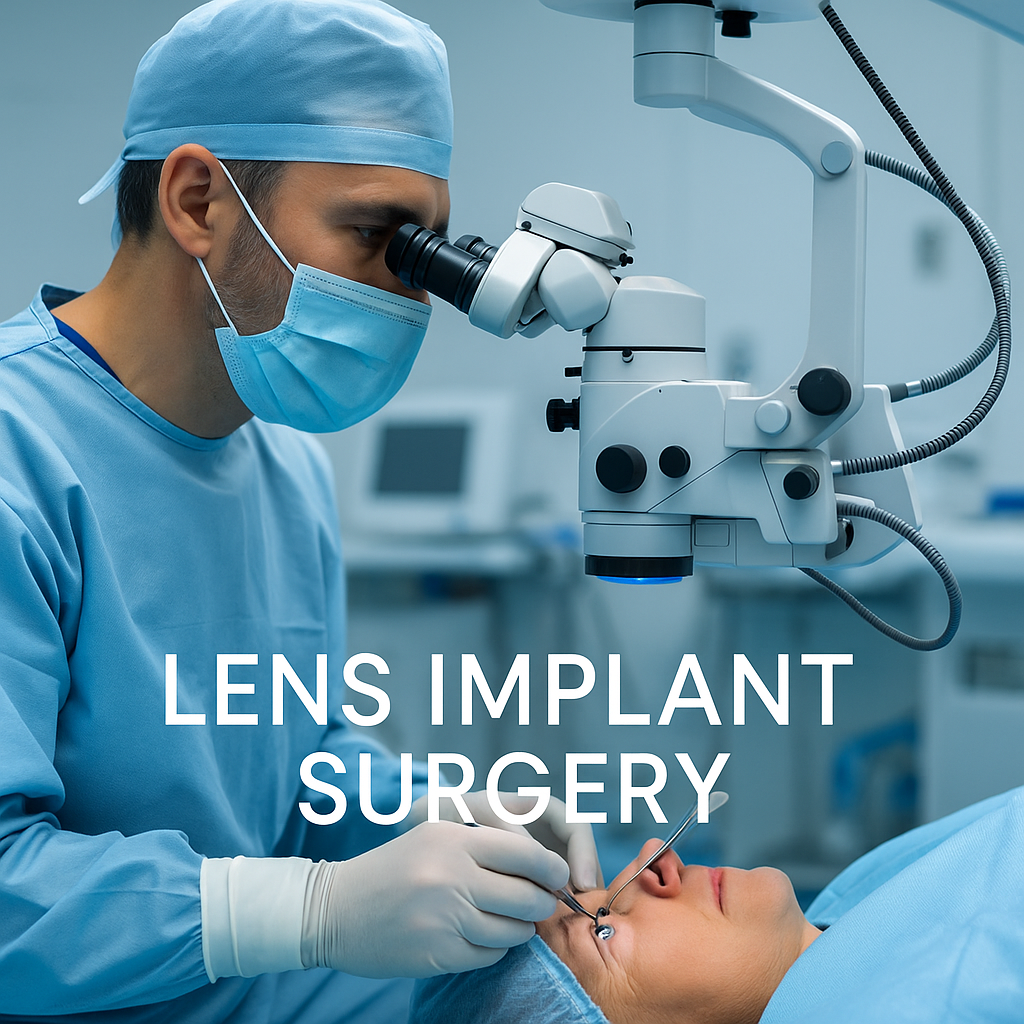In today’s world of digital overload and visual fatigue, lens implant surgery stands out as one of the most advanced and reliable eye correction procedures. Unlike traditional laser treatments that reshape the cornea, this surgery involves placing an artificial lens inside the eye—offering stable, clear vision without altering corneal tissue.
The increasing number of young professionals experiencing digital eye strain and myopia has fueled a global demand for long-term, non-invasive vision solutions. Clinics like Bright Eyes Clinic have positioned themselves at the forefront of this medical evolution, combining surgical precision with advanced optical technology.
The Science Behind Lens Implant Surgery
Lens implant surgery uses state-of-the-art intraocular lenses (IOLs) designed to provide clear and comfortable vision. These lenses are inserted through a tiny incision and unfold within the eye, correcting refractive errors immediately. Patients often notice improved vision within a day.
Modern IOLs also protect against harmful UV rays and reduce glare, a major advantage for individuals who spend hours working in front of screens. Compared to LASIK, lens implant surgery is reversible and suitable for those with thin corneas or severe myopia—conditions that previously limited surgical options.
A Global Public Health Perspective
From a societal perspective—aligned with nacsociety.org’s mission to highlight pressing global issues—vision health plays an essential role in productivity, education, and quality of life. According to global health data, nearly 2.2 billion people live with some form of vision impairment, much of which is preventable or correctable.
The accessibility of lens implant surgery can significantly reduce visual disabilities, improving economic participation and social inclusion. Eye health is no longer a luxury; it’s a public health priority tied to mental well-being, workforce efficiency, and long-term healthcare costs.
By promoting awareness of vision correction advancements, communities and policymakers can help integrate vision care into universal health coverage programs. Clinics such as Bright Eyes Clinic demonstrate how localized expertise and global technology partnerships can transform patient outcomes.
Postoperative Experience and Lifelong Benefits
Recovery after lens implant surgery is quick and comfortable. Most patients can return to normal routines within two days, with follow-up appointments ensuring proper lens positioning and healing. The procedure provides stable results that typically last a lifetime.
Unlike contact lenses that require constant care or glasses that limit field of vision, implanted lenses provide a permanent optical correction that evolves with the patient’s natural eye physiology.
Investment and Innovation Outlook
The growth of vision care technologies parallels a broader global health movement toward early intervention and long-term sustainability. The ophthalmic device market, valued in billions, continues to expand as investors recognize the transformative potential of personalized eye surgery solutions.
For socially conscious investors and policymakers, supporting innovation in lens implant technology represents not only an economic opportunity but also a commitment to global well-being.
Reference
For more detailed insights, visit lens implant surgery specialists at Bright Eyes Clinic.

